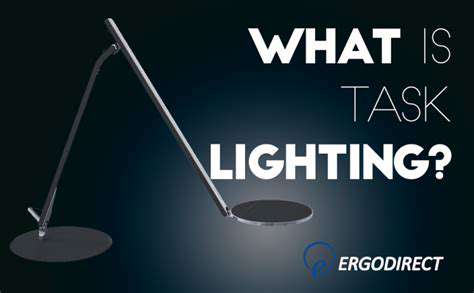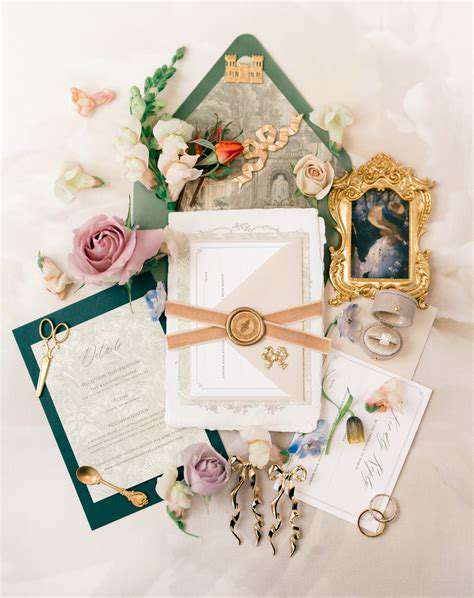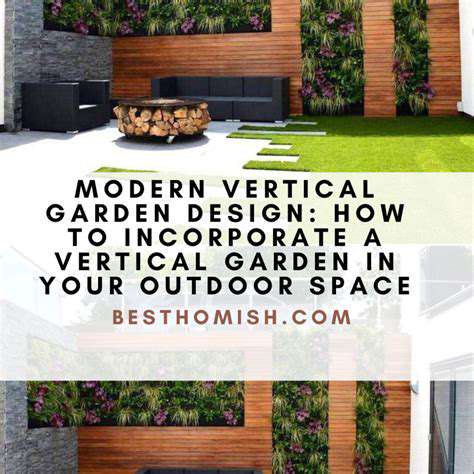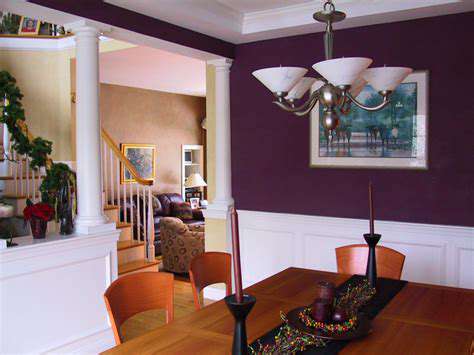Best Guide to Interior Design for Small Homes
Utilizing Multifunctional Furniture for Efficiency
Maximizing Space with Convertible Sofas
Convertible sofas are a game-changer for small living areas. They effortlessly transition from a cozy sofa by day to a comfortable bed by night, making them perfect for studio apartments or homes where every square foot counts. When selecting one, pay close attention to its dimensions and whether it includes storage options - these features can make or break its functionality in your space.
Opting for a model with hidden storage compartments adds another layer of practicality. These clever spaces can swallow up extra linens, seasonal blankets, or even board games, helping maintain a clutter-free environment. The trick lies in finding a design that meets your practical needs while complementing your room's aesthetic.
Modular Furniture for Flexible Arrangements
The beauty of modular furniture lies in its chameleon-like adaptability. These pieces can be endlessly reconfigured to match your changing lifestyle - imagine bookshelves that grow with your collection or a sectional sofa that transforms for movie nights versus large gatherings. This flexibility proves invaluable for growing families or anyone who frequently entertains.
With modular systems, you're essentially buying multiple furniture configurations in one. That coffee table can become a dining surface when needed, or those cube units might serve as both storage and extra seating. This approach saves significant money compared to buying specialized pieces for every possible need.
Multi-Purpose Tables for Versatile Use
Today's space-conscious designs have revolutionized the humble table. Modern versions might serve as breakfast surfaces, workstations, craft tables, and even cocktail bars - sometimes all in the same day. The secret lies in choosing designs with adjustable heights, extendable leaves, or clever built-in features that facilitate these transformations.
Built-in Storage Solutions for Organized Living
Custom storage solutions represent the pinnacle of space efficiency. When storage is seamlessly integrated into walls, under stairs, or within furniture, you gain functionality without sacrificing style. These solutions work particularly well for awkward nooks or unusually shaped rooms where standard furniture might not fit.
The psychological impact of well-planned storage shouldn't be underestimated. A room with purpose-built storage feels inherently more spacious and serene than one cluttered with freestanding storage units. The key is designing storage that disappears into your decor when not in use.
Storage Ottomans for Hidden Function
The humble ottoman has evolved into a storage powerhouse. Modern versions might conceal anything from extra throw blankets to board games or even serve as impromptu seating when guests arrive. Their genius lies in providing storage where you least expect it - right in the middle of your living space without looking utilitarian.
Wall-Mounted Shelves for Vertical Space
When floor space disappears, look upward. Floating shelves create storage and display opportunities without consuming precious square footage. Strategically arranged shelves can actually make walls appear taller, while their contents add personality and visual interest to any room.
Wardrobes with Integrated Desk Space
The modern work-from-home revolution has inspired brilliant space-saving solutions. A wardrobe that transforms into a workspace represents the ultimate in space efficiency, particularly for urban dwellers. When closed, it disappears; when open, it provides all the functionality of a home office without requiring a dedicated room.
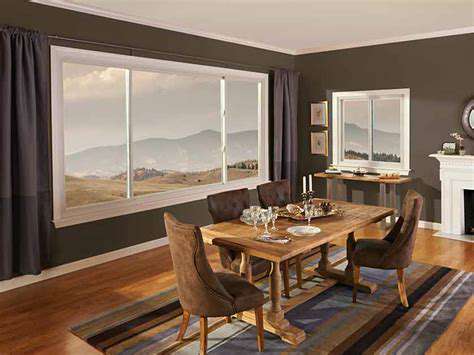
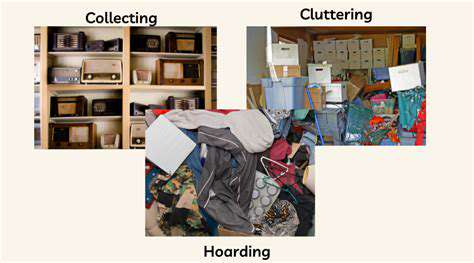
Designing for Flow and Visual Interest
Creating a Sense of Spaciousness
Small space design is essentially an exercise in visual deception. The strategic use of light colors, reflective surfaces, and unbroken sightlines can make even the tiniest studio feel expansive. Professional designers often employ these techniques to create rooms that feel twice their actual size.
Utilizing Multifunctional Furniture
In compact living situations, every piece must earn its keep. The most successful small-space dwellers treat their furniture like Swiss Army knives - each item serving multiple purposes. That coffee table might store blankets, serve as extra seating, and convert to dining height when needed.
Strategic Lighting for Emphasis
Lighting can make or break a small space. Layered lighting creates depth and dimension where square footage is limited. Combine overhead fixtures with task lighting and accent lights to draw attention to your space's best features while minimizing its constraints.
The Power of Color and Pattern
While conventional wisdom suggests all-white everything for small spaces, strategic use of color and pattern can actually enhance perceived space when used correctly. The trick lies in using bold elements sparingly - perhaps one accent wall or carefully chosen patterned textiles against neutral backgrounds.
Maximizing Natural Light
Nothing makes a space feel larger than abundant natural light. Keep window treatments minimal and mirrors strategically placed to bounce light throughout the room. Even north-facing rooms can feel bright with the right reflective surfaces and color choices.
Incorporating Vertical Space
When you can't spread out, build up. Floor-to-ceiling storage draws the eye upward, creating the illusion of height. Tall, narrow bookcases or wall-mounted systems provide storage without consuming valuable floor real estate.
Creating Visual Flow with Layout
The most successful small spaces feel intentional rather than cramped. Maintaining clear pathways and creating defined zones helps prevent that everything on top of everything else feeling. The goal is to guide movement through the space while making each area feel purposeful and uncluttered.
